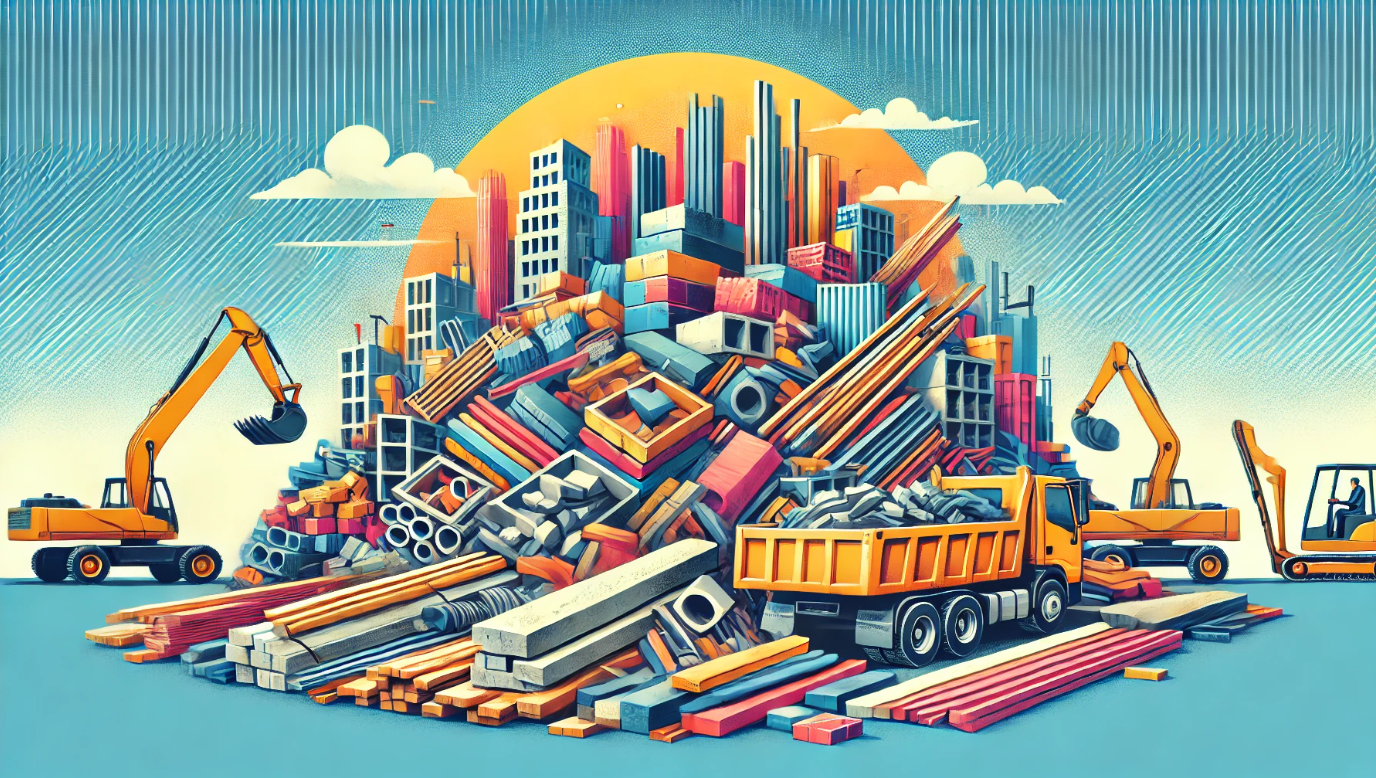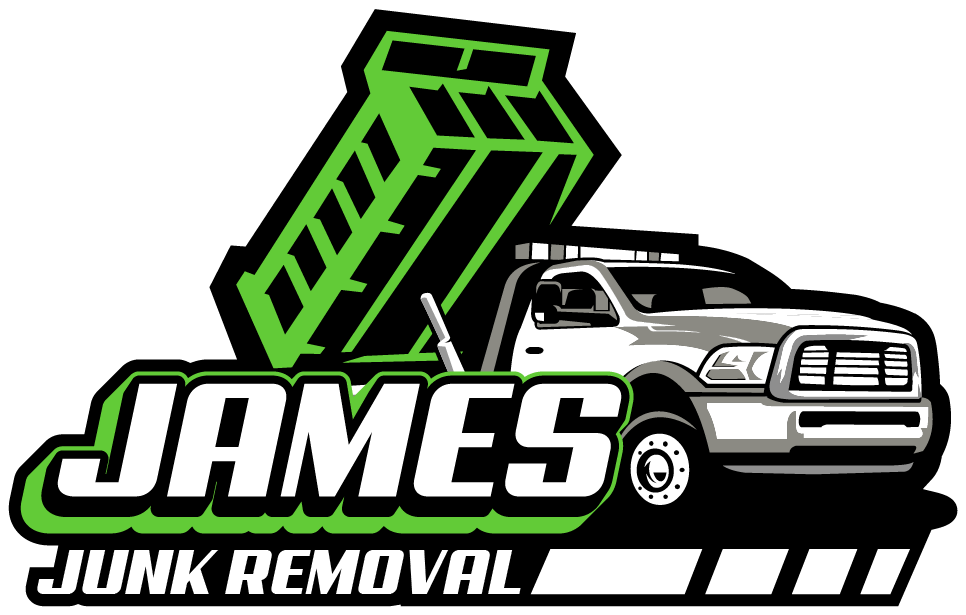GIVE US A CALL! 831-756-2932

Construction Debris Removal: Efficient, Safe, and Eco-Friendly Solutions for Contractors
Construction projects, whether residential or commercial, often leave behind large amounts of debris. From leftover drywall and wood scraps to old fixtures and heavy concrete, construction debris can quickly pile up. Construction debris removal services help keep sites clean, safe, and compliant, ensuring that all waste is handled responsibly. This guide will explore the ins and outs of construction debris removal, including types of services, benefits, and tips for choosing the right provider.
Why Construction Debris Removal is Important
Efficient construction debris removal is essential for a safe and productive worksite. Here’s why it matters:
- Promotes Safety: Removing debris reduces tripping hazards, ensuring a safer site for workers and visitors.
- Ensures Compliance: Proper disposal helps meet local waste management and environmental regulations, avoiding fines.
- Maintains Efficiency: A clean, organized site allows workers to operate efficiently without obstruction.
- Supports Sustainability: Professional services often prioritize eco-friendly disposal, recycling materials wherever possible.
- Enhances Professional Image: Keeping the site tidy reflects well on the contractor, showing responsibility and care for the environment.
Benefits of Professional Construction Debris Removal
Hiring a professional service for construction debris removal offers many advantages, from time savings to regulatory compliance:
- Increased Efficiency: Professionals handle removal quickly, allowing contractors to focus on project completion.
- Eco-Friendly Disposal: Many services recycle materials like metal, wood, and concrete, reducing landfill waste.
- Regulatory Compliance: Professionals are well-versed in local disposal regulations, ensuring compliance and avoiding potential fines.
- Improved Safety: Handling large and heavy debris requires expertise and equipment, minimizing safety risks.
- Stress-Free Service: Full-service providers manage the logistics, from sorting materials to transporting them to disposal sites, making cleanup hassle-free.
Types of Construction Debris and How to Handle Them
Construction projects generate various types of debris, each with specific disposal needs. Here’s an overview of common construction waste types and the best ways to handle them:
| Debris Type | Examples | Disposal Method |
|---|---|---|
| Concrete and Asphalt | Broken pavement, bricks, slabs | Recycling facilities for crushed aggregate |
| Wood and Lumber | Scrap wood, framing, pallets | Recycled for mulch, fuel, or repurposed materials |
| Metals | Steel beams, pipes, copper wiring | Metal recycling centers, scrap yards |
| Drywall and Plaster | Sheetrock, gypsum board | Specialized recycling centers, landfill |
| Mixed Debris | Flooring, tiles, insulation, glass | Sorted and separated for appropriate disposal |
- Concrete and Asphalt: Recyclable materials often crushed and reused in new construction projects.
- Wood and Lumber: Can be repurposed or chipped into mulch; untreated wood is easier to recycle.
- Metals: Metal materials are typically valuable and recycled for reuse in various industries.
- Drywall and Plaster: Requires special handling due to the gypsum, which can be recycled in some areas.
- Mixed Debris: Items like flooring and insulation require separation for proper disposal and potential recycling.
How to Choose the Right Construction Debris Removal Service
Selecting the right provider for construction debris removal ensures that your project remains on track and meets regulatory requirements. Here’s what to look for:
- Check for Experience and Expertise: Look for companies specializing in construction debris with a track record of successful projects.
- Evaluate Eco-Friendly Practices: Providers prioritizing recycling and eco-friendly disposal help keep your project green and compliant.
- Request Transparent Pricing: Ask for a clear quote detailing costs, including additional fees for hazardous or heavy materials.
- Verify Licensing and Insurance: Confirm the company has the proper licenses and insurance to protect you from liability.
- Ask About Scheduling Flexibility: Choose a provider that can accommodate your timeline, especially if you need frequent pickups throughout the project.
Frequently Asked Questions (FAQ)
Q: How much does construction debris removal cost?
Costs vary depending on the type and volume of debris, location, and the service provider. Average rates range from $300 to $2,000, with larger projects typically incurring higher costs.
Q: Do construction debris removal services recycle materials?
Yes, many companies recycle materials like metal, wood, and concrete. Always check with your provider about their recycling policies to ensure they align with your goals.
Q: Can construction debris removal services handle hazardous materials?
Some companies specialize in hazardous material disposal, but not all do. Check with your provider about handling materials like asbestos, chemicals, or treated wood, as these require specific disposal.
Q: What types of equipment do junk removal companies use for construction debris?
Common equipment includes dumpsters, roll-off containers, trucks, and sometimes machinery for handling large items or materials. Heavy-duty protective gear is also used to ensure safe handling.
Q: How often should I schedule debris removal for a construction project?
The frequency depends on project size and debris volume. Some projects require weekly pickups, while others may need a one-time removal at the end. Your provider can recommend an appropriate schedule based on your needs.

Menu
Business Hours
- Mon - Sun
- Open 24 Hours
All Rights Reserved | James Junk Removal
